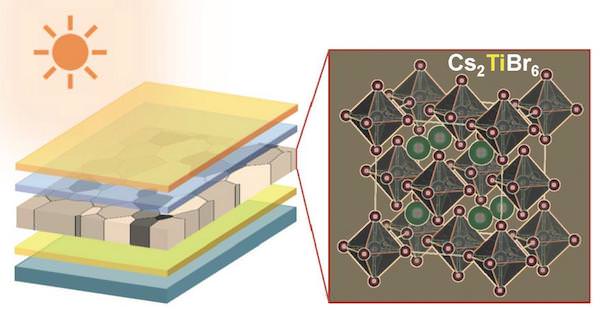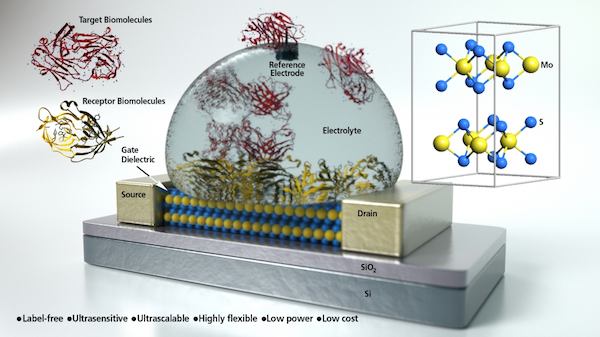To date, efforts to study carrier dynamics in semiconductor materials have primarily focused on narrow bandgap semiconductors. Researchers at the University of California, Berkeley, propose a method that combines ultrafast nanoscale measurements and theoretical modeling to probe carrier behavior in semiconductors with wider bandgaps.
Read MoreResearchers have created a material that replaces lead with titanium that could be used in inorganic thin-film perovskite solar cells. Their lead-free perovskite offers better stability and a more environmentally-friendly alternative for tandem solar cells.
Read More(Abbreviations fixed – h/t to reader Bob Gottschall) The use of graphene as a full-function transistor is a step closer. A team at the Berkeley National Lab led by Feng…
Read More




